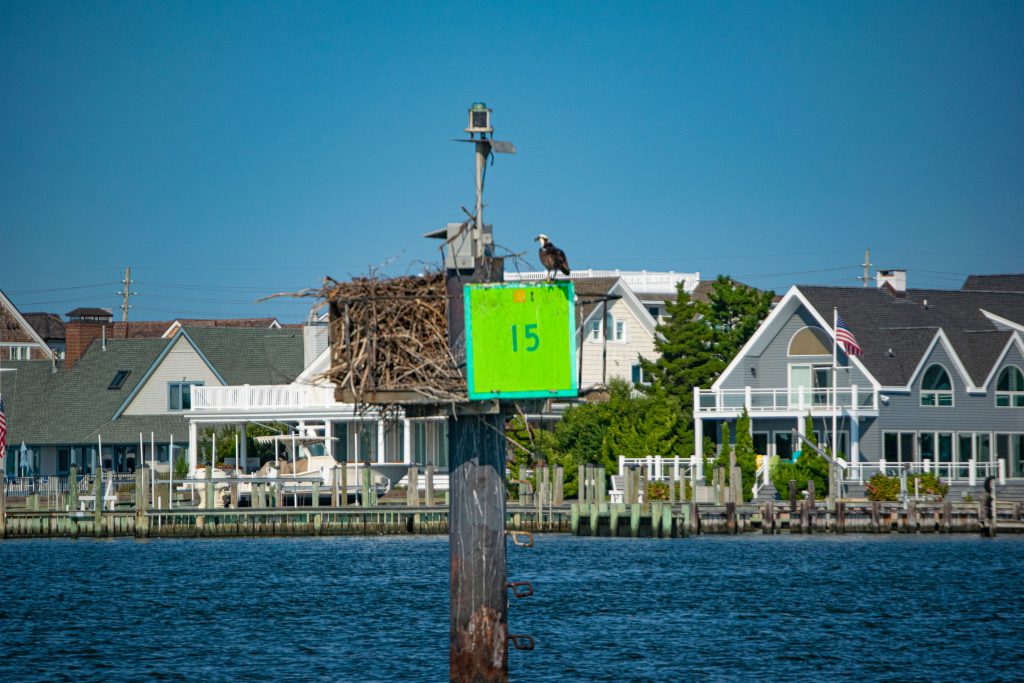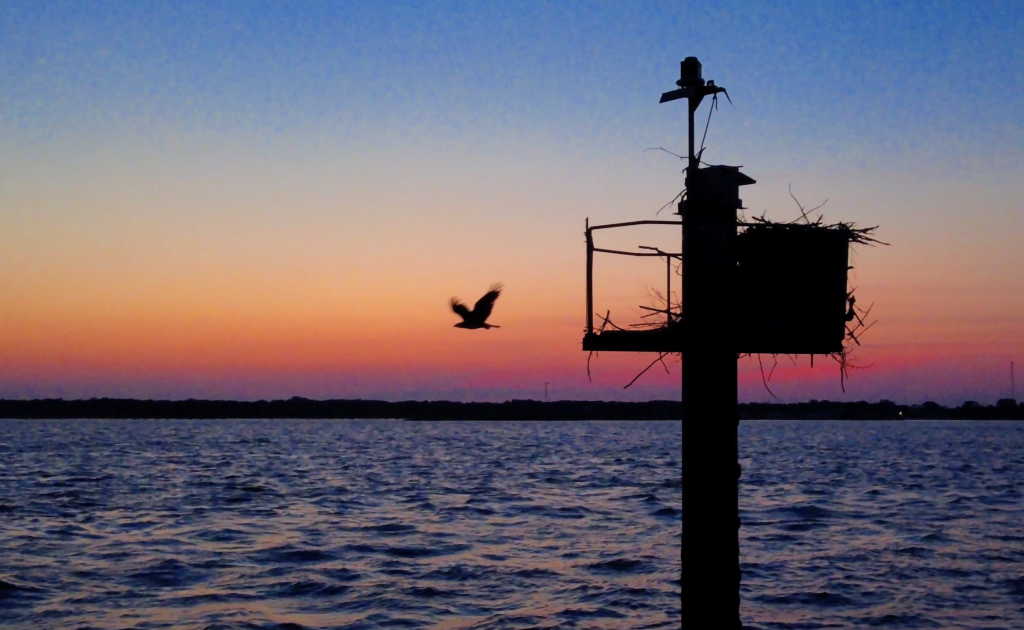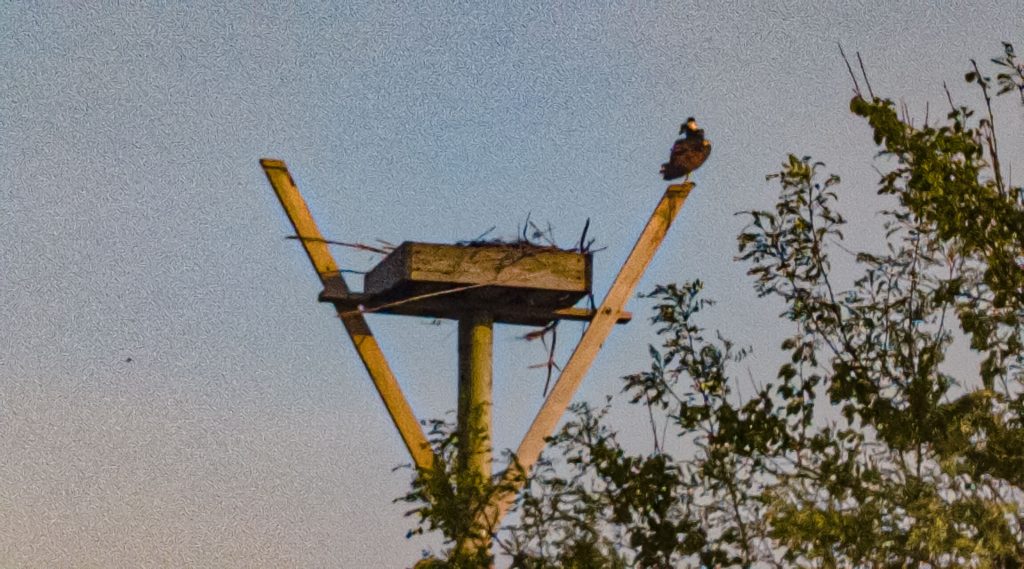Signalling a rousing victory for advocates who worked for years to restore New Jersey’s population of osprey, the species has grown large enough in the state to be removed from its endangered species list.
The state Department of Environmental Protection announced Monday that the osprey as well as the bald eagle – also present along the shores of Barnegat Bay and local rivers – have both been proposed for de-listing in a rule published in the New Jersey Register. The de-listing is “based on a finding that populations of these birds have recovered to the point where the survival of these species in the state is no longer in jeopardy.”
The rule proposal makes additions, deletions and conservation status updates to the state’s endangered species list and list of nongame wildlife. It also restructures the state’s endangered species list to be consistent with legislative intent. The DEP will accept public comment on the rule proposal, embedded below this story, through Aug. 2, 2024.
|
|
“The de-listing of eagles and ospreys is a milestone in the history of wildlife conservation in New Jersey and is a testament to the dedication of DEP professionals and volunteers who over the years stood watch over nests in all forms of weather, nurtured hatchlings, and worked tirelessly to educate the public about the importance of sustaining wildlife diversity,” said DEP Commissioner Shawn LaTourette.
For the past three decades, efforts to increase the osprey population in New Jersey have become a near-constant cause for Shore residents, who formed volunteer groups to build osprey nests in marshlands and sedge islands, set up cameras to live-stream the hatching of chicks in order to raise awareness about the species, and worked with utility companies to repurpose poles and other structures to become nesting areas. It has become a rare site in Barnegat Bay to see a channel marker without an active nest in recent years and, to many, the presence of a large number of ospreys hunting for food has become routine.
According to DEP statistics, the number of osprey nests left in the state dwindled to about 50 by the early 1970s. It was in that decade that state biologists began an innovative recovery effort to place young and eggs from nests where the chemical DDT – an insecticide that is no longer legal in the United States – was not used as heavily into nests that failed to produce young. In addition, they coordinated efforts to supply nest platforms for the birds, substitutes for snags and trees that were lost as the coastline became more developed in the 1950s.
In 2023, biologists for NJDEP Fish & Wildlife and Conserve Wildlife Foundation of NJ documented a record 800 occupied osprey nests.
“The recovery of these species from near extirpation during the 1980s in New Jersey is a dramatic example of what is possible when regulations, science, and public commitment come together for a common purpose,” said David Golden, Assistant Commissioner of NJDEP Fish & Wildlife. “With focused attention on other species of greatest conservation need, future recovery success stories are also possible.”
Meanwhile, bald eagles have also been expanding their territory rapidly in New Jersey – at times even seen displacing their fellow birds of prey such as ospreys from their nests as the population of both species began to grow at the same time. Skilled fishers, bald eagles have established a large number of nests locally, including an immense nest on a mobile antenna tower in Brick Township which overlooks the bay. There is also a significant population along the Manasquan River narrows in the township’s Herbertsville section.
In the 1970s and into the early 1980s, New Jersey had just one remaining bald eagle nest – a pair in a remote part of Cumberland County. The state’s population had been devastated by widespread use of DDT and other threats, including habitat degradation and human disturbances. But by 2023, New Jersey boasted a record 267 nesting pairs of bald eagles, of which 255 laid eggs.
The federal government has already removed both ospreys and bald eagles from their respective warning categories, however New Jersey maintained them as endangered and threatened, respectively, on the state level. Under the new rule, the osprey population will be considered “stable” while the bald eagle population will be considered a “species of special concern,” but not threatened or endangered.
~
Read the Proposal:

Advertisement













